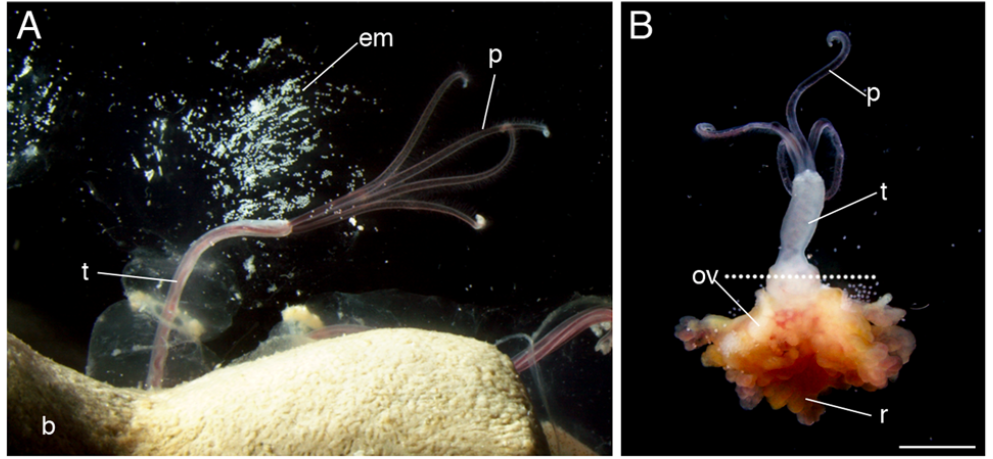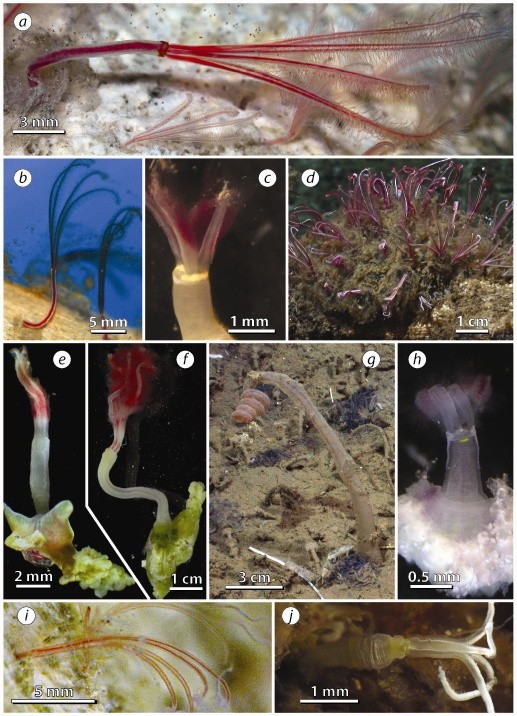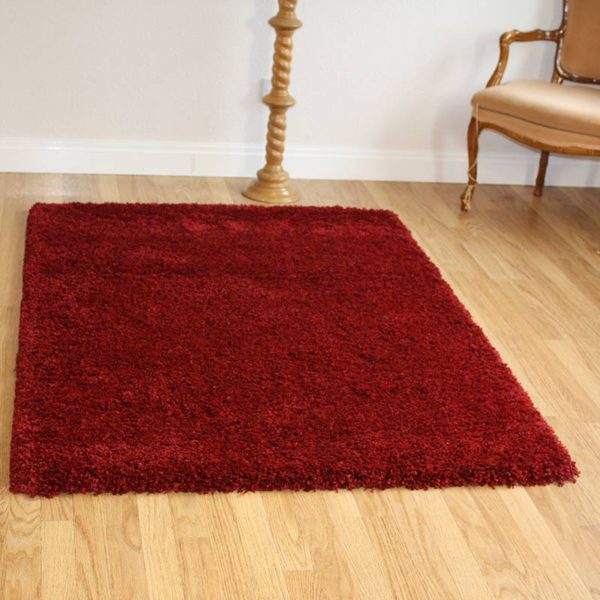 The deep-sea Osedax bone-devouring worms could easily have been the poster child for Deep-Sea News instead of the Giant Squid. I love them because Osedax are little soft sacks resembling snotty little flowers. Perhaps that’s why one of the first named species got the Latin name of Osedax mucofloris, literally bone-devouring, mucus flower.
The deep-sea Osedax bone-devouring worms could easily have been the poster child for Deep-Sea News instead of the Giant Squid. I love them because Osedax are little soft sacks resembling snotty little flowers. Perhaps that’s why one of the first named species got the Latin name of Osedax mucofloris, literally bone-devouring, mucus flower.
The females are the all business sex of the Osedax; the gender that actually “eats” the bones of whales and other vertebrates on the deep seafloor. The female worms possess dwarf males, up to 114 in Osedax rubiplumus, fruiting around inside of their body. And the larger, older ladies have larger harems. Everyone loves a cougar.

Osedax is Latin for “bone devourer”. Not quite accurate as they don’t feed on the actual carbonated hydroxyapatite, i.e. bone mineral, but rather the fats within the bone matrix. What’s not to love about these wee beasties that live off the lipids stored in bones of long-dead whales lying on the seafloor? And any bone will do. Osedax will inhabit just about any bone, including steak bones thrown overboard as waste.
 Osedax have no mouth, anus, or gut. The females extend roots into the bones to tap into these nutrient reserves. Vertebrate bones are made of both organic and inorganic components including the main inorganic component calcium phosphate.
Osedax have no mouth, anus, or gut. The females extend roots into the bones to tap into these nutrient reserves. Vertebrate bones are made of both organic and inorganic components including the main inorganic component calcium phosphate. V-H+ ATPase and CA antibodies That is a mouthful so we will go with VATCA which sounds like Vodka with a faked Russian accent. So VATCA is expressed in vertebrates and allows resorption of bones through acidification. Osedax expresses VATCA, potentially the only invertebrate to do so. Because…yeah…invertebrates are boneless and don’t need bone-dissolving acids. So basically Osedax just dissolve dead whale parts with their roots…by using acid. Acid…yep I said acid. As if Osedax could get any more bad ass, I’m now thinking of the Alien queen.

I’ll leave you with this. Thousands of bone-eating females will infest a whale carcass. So many will accumulate the whale bones will appear to be covered in circa 1970’s red shag rug. A rug that eats bones, has harems, and secretes acids but otherwise a normal shag rug.







What an amazing ‘worm’ – these are truly fantastic. Very successful, I would imagine too. Thanks for sharing these marine life articles/photos, Craig. This one made my day!
How long does it take for this worm to completely consume a whale carcass, and what kind of residue is left when the worms are finished? I’m asking because of recent news that supposedly the remains of Pharaoh’s army has been found in the Red Sea. Three thousand years in an oxygenated marine environment and the human bones are said to be intact. I doubt this is true.